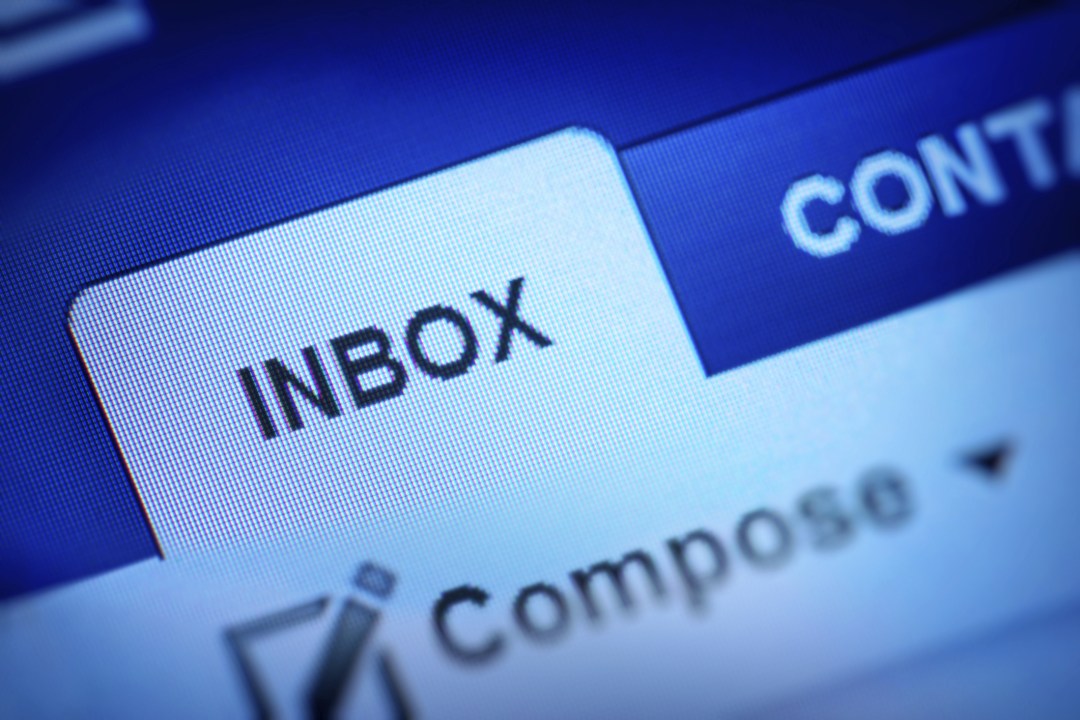How to tame your inbox
In our monthly Work Life Lab Experiment, Oliver Burkeman invites you to try out a new routine – this time, here's how to deal with email effectively

You probably receive too much email – and even if you don’t, there’s a good chance that you check it compulsively, or get similarly distracted by Facebook, Twitter, texting and so on.
When it comes to managing these constant streams of electronic messages, two common mistakes fuel feelings of being overwhelmed and a lack of focus.
The first is checking your inbox or gadgets whenever they demand it, instead of when you choose.
The second is failing to distinguish between the three basic types of email (or text or message). Learn this crucial distinction, and you could halve your data-overload at a stroke.
The theory
In his laboratory at Harvard University, psychologist BF Skinner trained pigeons and rats to peck at levers, causing pellets of food to pop out. But he made a surprising discovery: the creatures pecked more compulsively when they only sometimes got a pellet in return, instead of when it was certain.
We’re alarmingly similar to those pigeons: what makes checking messages addictive is the uncertain possibility of finding something important or fun. So if you can schedule your email-checking instead – checking twice a day, for example, or once an hour; the details will depend on your job – you’ll gradually break the spell, because you’ll be much more certain of finding a ‘pellet’ of interest.
The other key tactic is to stop using your inbox for general storage, mixing up important current tasks, old work emails, Groupon ads and so on. (Do you use your doormat to store physical mail? Thought not.) When a message comes in, decide if it’s rubbish, in which case delete it; or something you should keep for future reference, but that requires no action, in which case archive it in a folder. The third category is ‘active emails’: those that demand a fast reply, or some other action. They’re the only kind that should remain in your inbox. As soon as you’ve taken the action, archive the email.
Try this
If your inbox contains emails older than (say) two months, move them all to a folder called ‘backlog’. To be honest, you can probably ignore them: anyone who still needs a reply is likely to email again. But if you must, spend 20 minutes a day ploughing through the backlog, using the three categories above: rubbish, reference material, and active emails. For every new incoming message, ask yourself which category it belongs to, and act accordingly.
Meanwhile, turn off any alerts that interrupt you when an email comes in; or for a real challenge, consider removing email from your smartphone altogether.
Then, for one week, try experimenting with different ways to schedule inbox-checking, finding out what works for you. You might opt to check at 9am, 2pm and 5pm; or you could refuse to check it in the morning at all until you have done at least one hour’s work. Or maybe you could make a rule never to check it from home.
Oliver Burkeman is a journalist and author of The Antidote (Canongate, £8.99)
More inspiration:
Sign up for our Life Labs Practical Wisdom online course How to Achieve Your Goals here. You can also try a free taster of the course here









